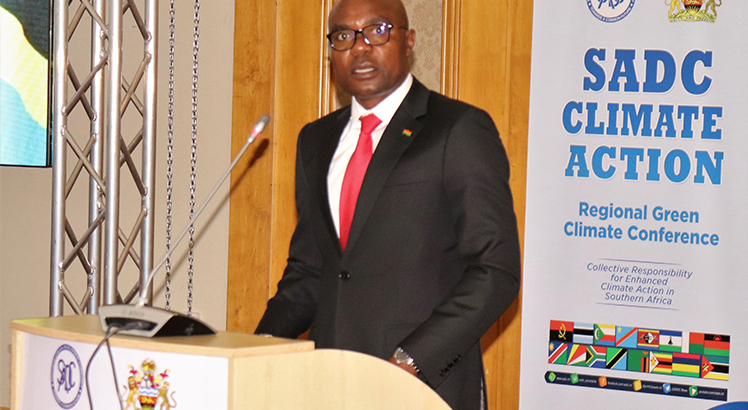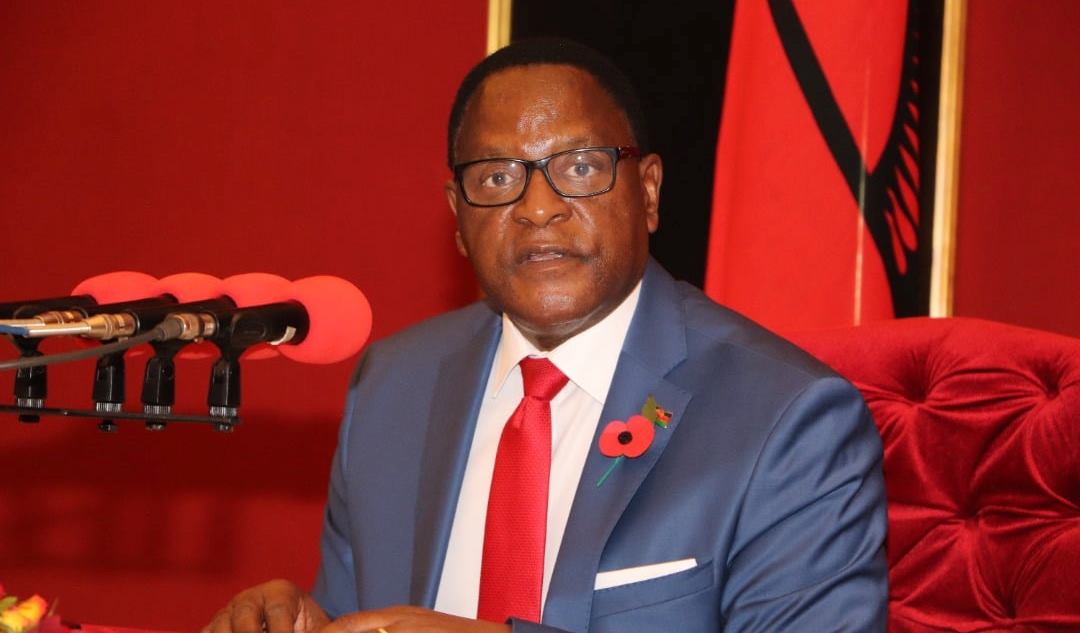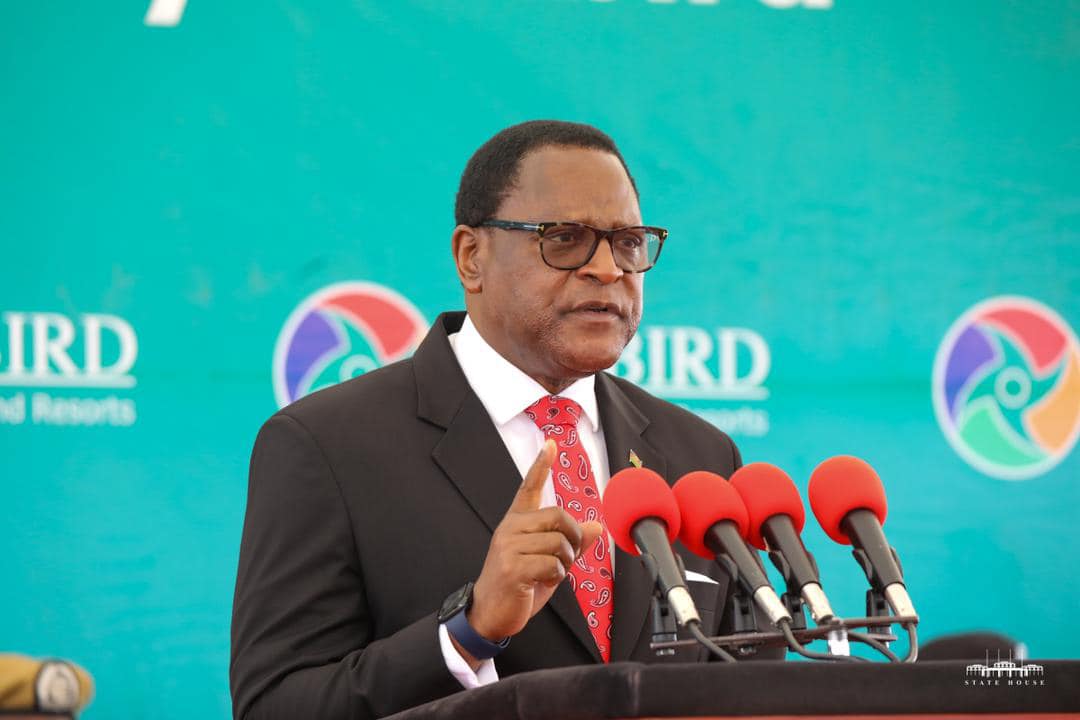‘Quality education is an investment for the future’
Yesterday, January 24, was International Day of Education which was celebrated globally around the theme of “Learning for people, planet, prosperity and peace”. The celebration positioned education and the learning as humanity’s greatest renewable resource. In line with the theme, the day celebrated the many ways learning can empower people, preserve the planet, build shared prosperity and foster peace. Our news analyst MERCY MALIKWA caught up with educationist STEVE SHARRA to share some insights on the ‘people’ aspect of education. Excerpts:

Is our education system in Malawi doing enough to empower people, end inequalities and improve their well-being?
We do have policies whose rationale is to empower people, end inequalities and improve well-being. Policies such as free primary education, free secondary education, free health services, among others. These policies have the potential to achieve people empowerment, end inequalities and improve well-being because they can contribute to human capital and talent development especially for groups who do not have the means.
However, the reality is that these policies are not being implemented in an efficient manner, resulting in efficiencies that worsen the very problems they are supposed to address. Hence public schools are dominated by children from poor families whereas those with the means send their children to private schools. Our colleges and universities are now dominated by students from well-to-do households, and very few students from poor families. The same goes for public health facilities.
Is there anything that can be done to improve the benefits that Malawians realise from education?
We need to extend the level of public investment in public services for poor Malawians. We need to introduce free, or at least affordable early childhood care and education to as many children as possible in order to give them a good start in education. This will prepare them well for primary school. We also need to improve conditions in primary schools by reducing the teacher: pupil ratio which is currently very high and makes teaching and learning a nightmare for both teachers and learners in many of the public schools. We need to reduce the burden on poor parents who are unable to afford even the small amounts requested as community contributions in the form of school development funds. There are families who can afford to pay, and they should pay.
But many families cannot, and that is why we still have very high drop-out rates. Out of about one million children who enter Standard One every year, three quarters do not make it to Standard Eight. They drop out, largely due to conditions in the public schools, and failure to make community contributions such as school development fund, exam fees, etc.
Why is a larger population of young Malawians out of school when they should be in school?
It is a national scandal that 82 percent of young Malawians aged 14-17 years old are out of school, according to the 2018 population census report. This is due to two factors: the high drop-out at the primary level, and the inadequate number of secondary schools. Our secondary school enrolment is barely 400 000, and our tertiary enrolment is less than 100 000, yet we have more than 3.6 million Malawians aged 15-24, the appropriate age for participation in secondary and tertiary education.
With poverty being the order of the day in most Malawian homes where, in worst cases, children are forced to drop out of school, what measures can be put in place to ensure that people have got at least equal opportunities when it comes to attaining minimum education?
The response to Question 2 addresses this question, but what I can add is that addressing the drop-out and out-of-school-children problem requires massive investments into public education and public health services. Because of the size of our economy, it is not enough to say education gets the lion’s share of the national budget. We need to see quality education as an investment for the future. It is an investment that can provide equal opportunities to poor families and contribute to human capital and talent development and address the problem of inequality and inefficiency. It is a chicken and egg scenario, in other words.





